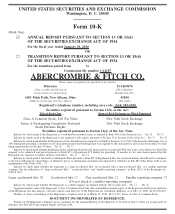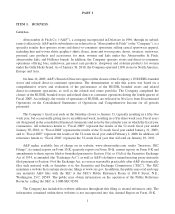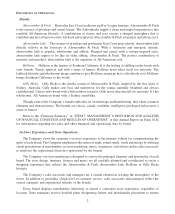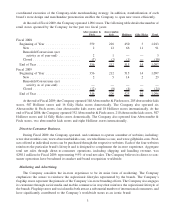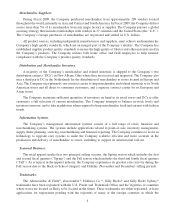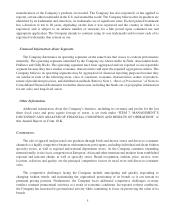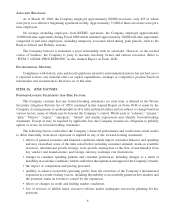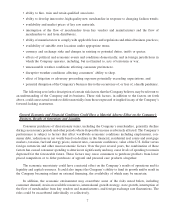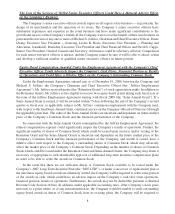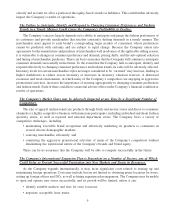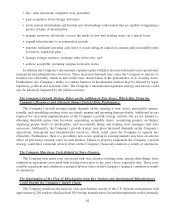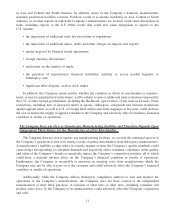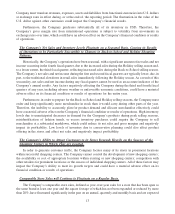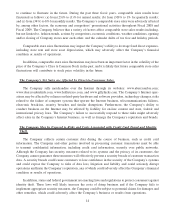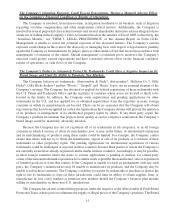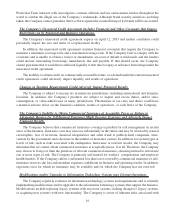Abercrombie & Fitch 2009 Annual Report Download - page 7
Download and view the complete annual report
Please find page 7 of the 2009 Abercrombie & Fitch annual report below. You can navigate through the pages in the report by either clicking on the pages listed below, or by using the keyword search tool below to find specific information within the annual report.ASSOCIATE RELATIONS.
As of March 19, 2010, the Company employed approximately 80,000 associates, only 855 of whom
were party to a collective bargaining agreement in Italy. Approximately 71,000 of these associates were part-
time employees.
On average, including employees from RUEHL operations, the Company employed approximately
19,000 full-time equivalents during Fiscal 2009 which included approximately 10,000 full-time equivalents
comprised of part-time employees, including temporary associates hired during peak periods, such as the
Back-to-School and Holiday seasons.
The Company believes it maintains a good relationship with its associates. However, in the normal
course of business, the Company is party to lawsuits involving former and current associates. Refer to
“ITEM 3. LEGAL PROCEEDINGS” in this Annual Report on Form 10-K.
ENVIRONMENTAL MATTERS.
Compliance with federal, state and local regulations related to environmental matters has not had, nor is
it expected to have, any material effect on capital expenditures, earnings or competitive position based on
information and circumstances known to us at this time.
ITEM 1A. RISK FACTORS.
FORWARD-LOOKING STATEMENTS AND RISK FACTORS.
The Company cautions that any forward-looking statements (as such term is defined in the Private
Securities Litigation Reform Act of 1995) contained in this Annual Report on Form 10-K or made by the
Company, its management or spokespeople involve risks and uncertainties and are subject to change based on
various factors, many of which may be beyond the Company’s control. Words such as “estimate,” “project,”
“plan,” “believe,” “expect,” “anticipate,” “intend” and similar expressions may identify forward-looking
statements. Except as may be required by applicable law, the Company assumes no obligation to publicly
update or revise its forward-looking statements.
The following factors could affect the Company’s financial performance and could cause actual results
to differ materially from those expressed or implied in any of the forward-looking statements:
• effects of general economic and financial conditions which impact consumer behavior and spending
and may exacerbate some of the risks noted below including consumer demand, strain on available
resources, international growth strategy, store growth, interruption of the flow of merchandise from
key vendors and manufacturers and foreign currency exchange rate fluctuations;
• changes in consumer spending patterns and consumer preferences, including changes as a result of
instability in economic conditions, which could affect the reputation and appeal of the Company’s brands;
• the impact of competition and pricing pressures;
• inability to achieve acceptable operating profits from the execution of the Company’s international
expansion as a result of many factors, including the inability to successfully penetrate new markets and
the potential strain on resources caused by the expansion;
• effects of changes in credit and lending market conditions;
• loss of services of skilled senior executive officers and/or inadequate succession planning for key
positions;
6

